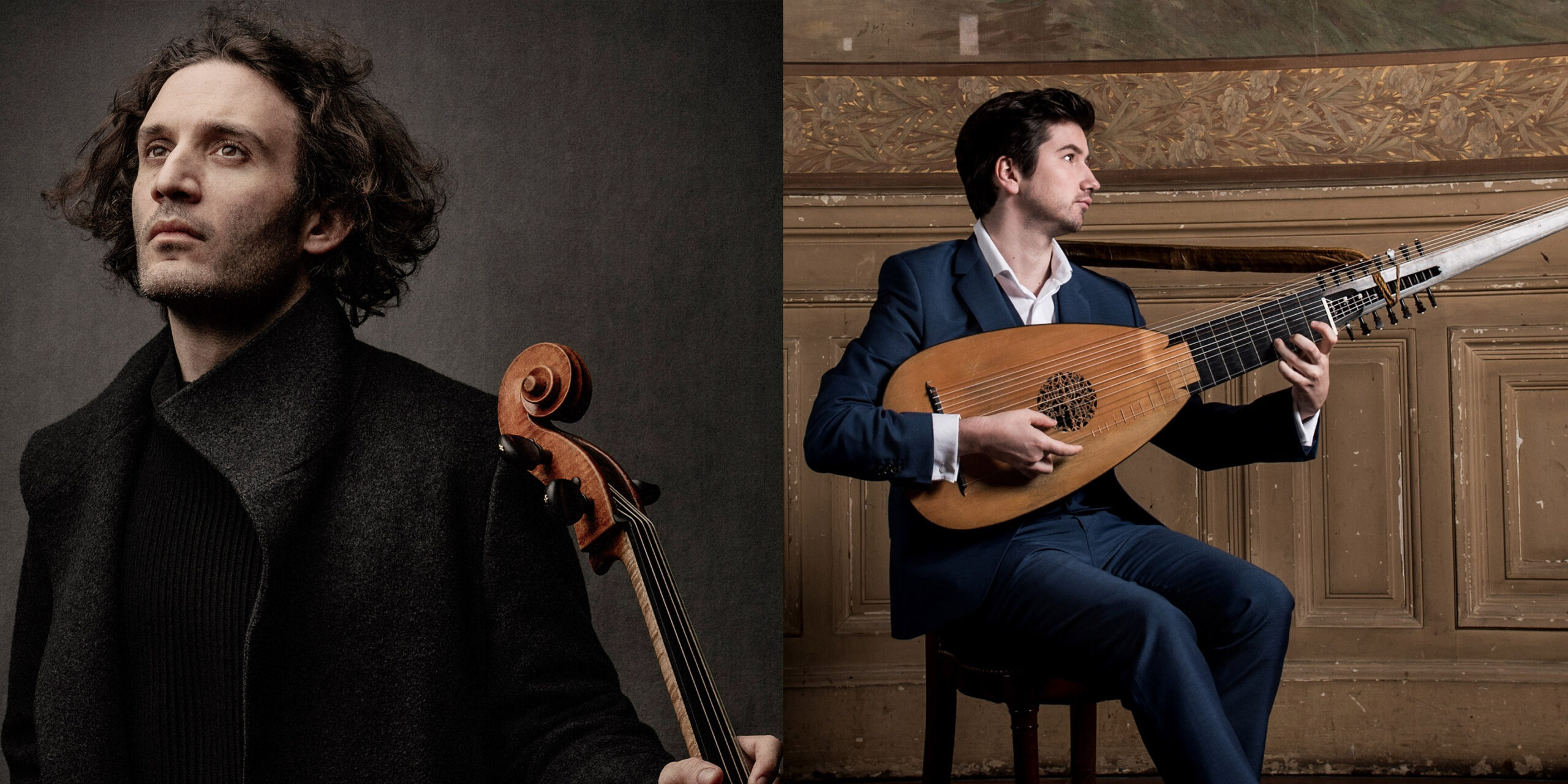Tag: cello
-
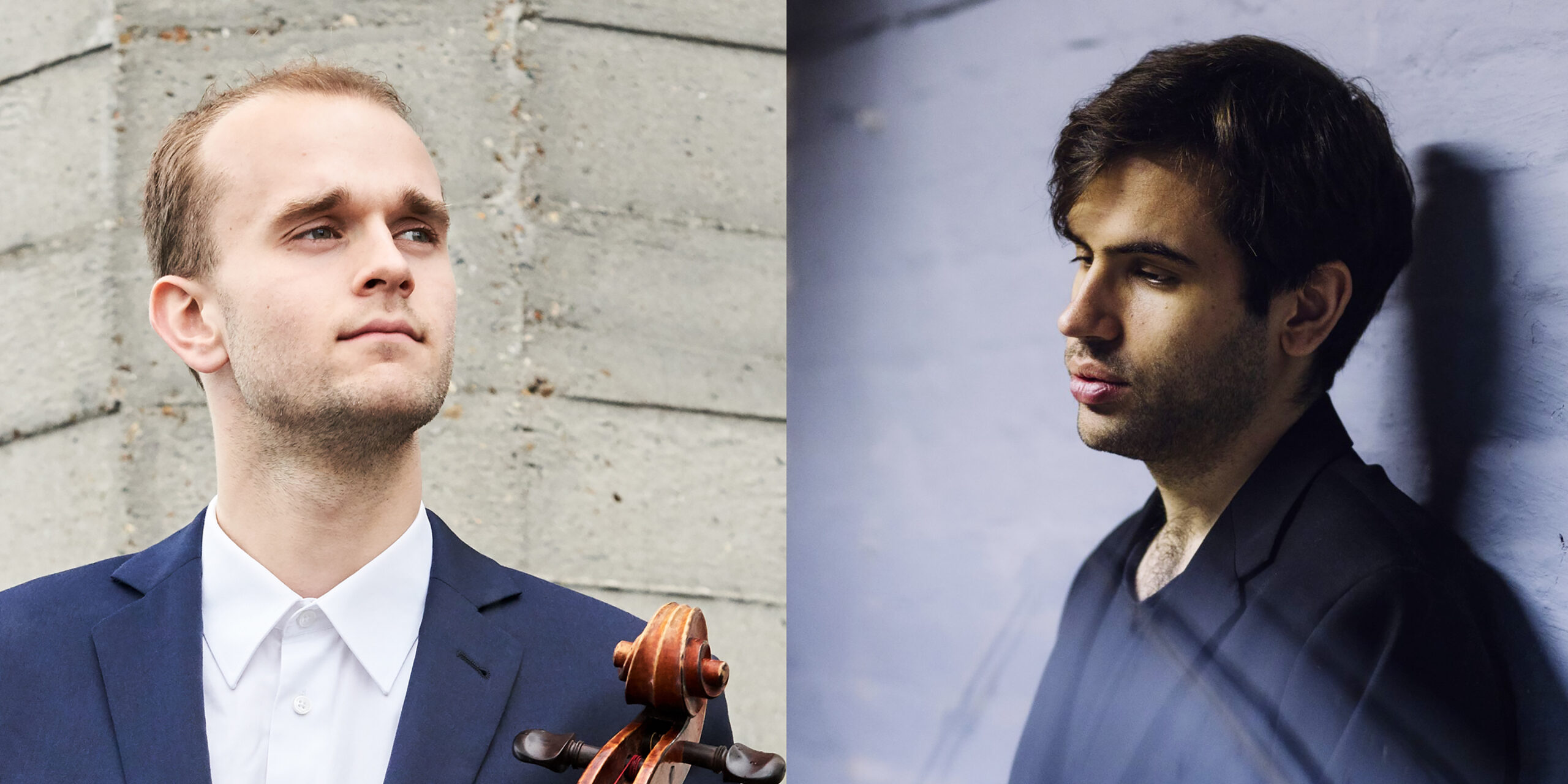
-
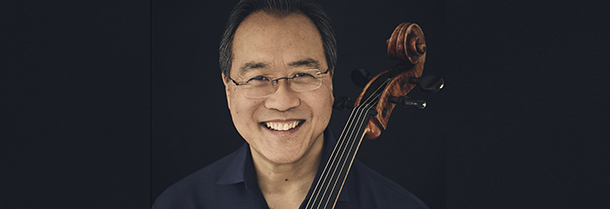
-
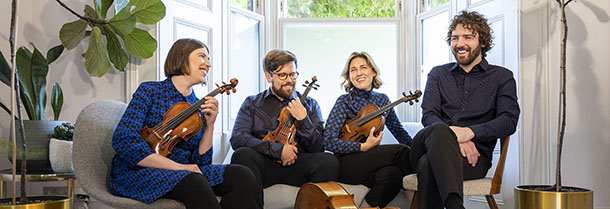
-
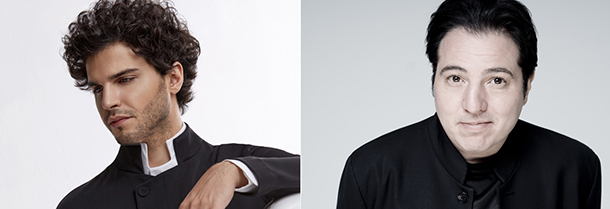
PROGRAM NOTES: JAMAL ALIYEV AND FAZIL SAY
Franz Schubert Sonata in A minor for Arpeggione and Piano D. 821 Schubert’s Arpeggione Sonata was composed in 1824 but only published in 1871—long after the composer’s death in 1828, and almost as long after the principal instrument for which it was written fell out of favour. The six-stringed arpeggione was a kind of large…
-
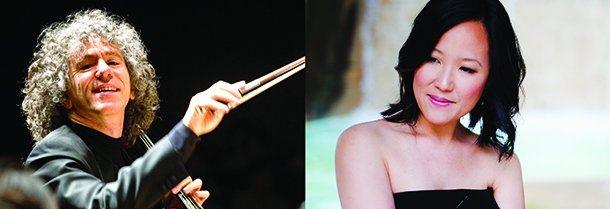
PROGRAM NOTES: STEVEN ISSERLIS AND CONNIE SHIH
Reynaldo Hahn Variations chantantes sur un air ancien The Venezuelan-born French composer Reynaldo Hahn is best known for his contribution to the French song repertoire with his more than 100 mélodies published between 1890 and his death in 1947. He is equally well known as the sometime romantic partner of writer Marcel Proust, whose epic…
-
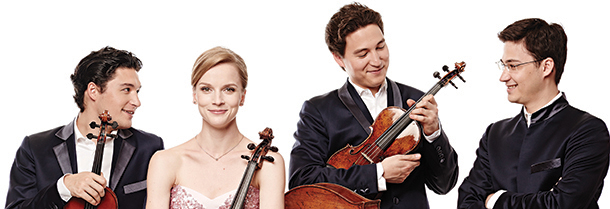
PROGRAM NOTES: SCHUMANN QUARTET
Wolfgang Amadeus Mozart Quartet in D major K. 499 “Hoffmeister” Mozart’s most accomplished string quartets are generally considered to be the ten he wrote after moving to Vienna in 1781, beginning with the set of six dedicated to Haydn, published in 1785 and ending with the set of three dedicated to the King Friedrich Wilhelm II…
-

PROGRAM NOTES: DORIC STRING QUARTET WITH MARC-ANDRÉ HAMELIN
Jean Sibelius Quartet in D minor Op. 56 Voces Intimae Sibelius’ Quartet in D minor was completed in 1909 and has five movements, symmetrically arranged in an arch form around the lyrical third-movement Adagio, with scherzos on either side separating it from the opening movement and finale. The name Voces Intimae derives from a Latin…
-
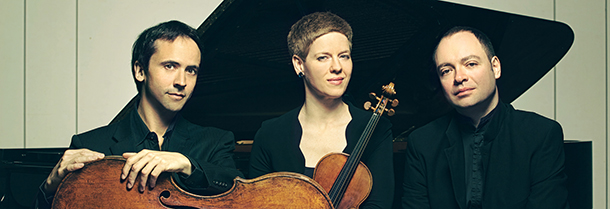
PROGRAM NOTES: FAUST QUEYRAS MELNIKOV TRIO
Ludwig van Beethoven Kakadu Variations in G major Op. 121a Beethoven’s Kakadu Variations comprise an introduction and 10 variations on a popular theme from the Viennese stage. It has a compositional history that extends over more than two decades, with a first version of the work likely dating from around 1803. By 1816 Beethoven had had…


